Directors Fernando Colomo and Manuel Gutiérrez Aragón, actress Victoria Abril and producer Andrés
Vicente Gómez will receive the Espiga de Honor of the 67th Valladolid International Film Week during the
Spanish Film Gala to be held next Tuesday, October 25. In addition, Spanish actor Antonio Resines will also receive this award during the Closing Gala on October 29. These distinctions will be added to those announced for the director from Bierzo, Chema Sarmiento, and the Irish filmmaker Jim Sheridan.
Galician actor Javier Veiga, the first presenter of El club de la comedia, will be in charge of conducting the
opening gala of the 67th edition of the Seminci, whose International Jury will be presided over by Irish
actress Kate O’Toole. The festival, which will host the sixth edition of the Women Filmmakers Forum,
which this year will address the role of women in film criticism, and the Distribution Meeting, will recover
the Miniminci and Seminci Joven sections, aimed at children and teenagers from all over Castilla y León,
suspended for the last two years due to the restrictions caused by the Covid19 pandemic.
Victoria Abril

Considered one of the most mythical stars of Spanish cinema, Victoria Abril accepted, at the age of 15, her first role in the world of cinema, in the film Obsesión (1975). This would be the first of many, followed by others such as Cambio de sexo (1977), La muchacha de las bragas de oro (1980), Tiempo de silencio (1986), El Lute, camina o revienta (1987) or Amantes (1991), the role that gave her absolute recognition and thanks to which she won the Silver Bear for best actress in Berlin.
Her collaborations with Pedro Almodóvar consolidated her name even more, whether as the object of desire of Antonio Banderas in ¡Átame! (1990), the daughter of a diva in Tacones lejanos (1991) or the sensationalist Andrea Caracortada in Kika (1993). To these roles she added, in 1995, that of the prostitute Gloria in Nadie hablará de nosotras cuando hayamos muerto, for which she won a Goya Award. In recent years, the actress has alternated film projects with theater, television, fashion and a career as a singer.
Fernando Colomo
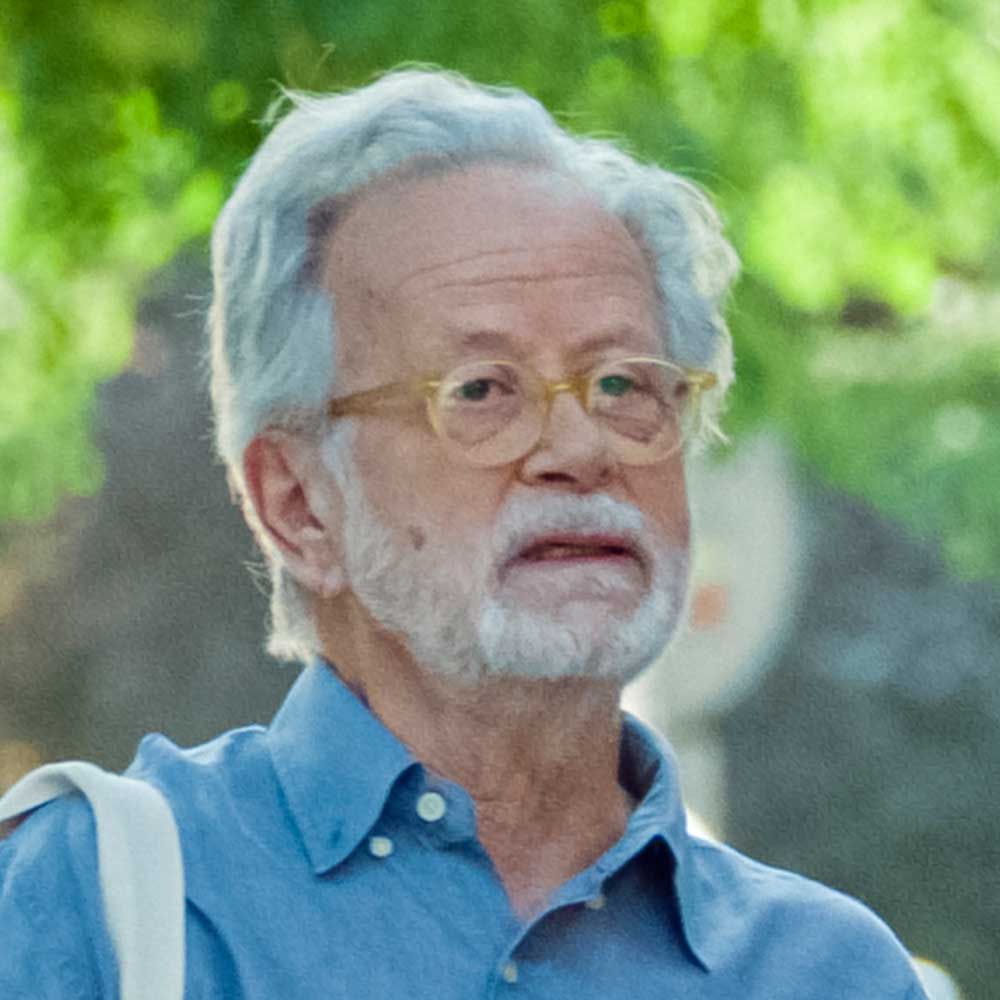
Fernando Colomo began his career in the world of cinema in 1977 when he shot his first feature film, Tigres de papel, starring Carmen Maura, with whom he repeated a year later in ¿Qué hace una chica como tú en un sitio como este? In 1980 he produced Ópera Prima and directed La mano negra. Three years later, the filmmaker shot the autobiographical film La línea del cielo, a work to which titles such as El caballero del dragón (1985), Bajarse al moro (1989), Alegre ma non troppo (1994) and El efecto mariposa (1995) were added.
Already in the 21st century, he shot Al sur de Granada (2002), a film that was selected to represent Spain at the Oscars; El próximo oriente (2006) or La isla bonita (2015). His latest feature films have been La Tribu (2018), Antes de la quema (2019) and Poliamor para principiantes (2021). Seminci will premiere this year the documentary La soledad del director de fondo, in which Colomo dialogues with Manuel Iborra, author of the feature film, about the craft of filmmaking.
Andrés Vicente Gómez

Andrés Vicente Gómez debuted as a producer in 1968 with Comanche Blanco. In the 1980s, his career gained momentum with works by new directors who began to make their mark in the country: Matador (Pedro Almodóvar, 1986), El año de las luces (Fernando Trueba, 1986), La estanquera de Vallecas (Eloy de la Iglesia, 1987) and ¡Ay, Carmela! (Carlos Saura, 1990), among many others. His consecration as the producer par excellence of Spanish cinema took place in the last decade of the century, with works such as Beltenebros (Pilar Miró, 1991), Jamón, Jamón (Bigas Luna, 1992), and Belle Époque (Fernando Trueba, 1992). These titles were later joined by El día de la bestia (Álex de la Iglesia, 1995) and Torrente, El brazo de la ley (Santiago Segura, 1997).
Manuel Gutiérrez Aragón

A fundamental figure in the history of Spanish cinema, the filmmaker, screenwriter and novelist has one of the most complete careers in Spanish cinema. Titles such as Habla, mudita (1973), El corazón del bosque (1979) and Demonios en el jardín (1982) mix the political and the fantastic in structures whose roots are rooted in the tradition of children’s stories and reflect the evolution of a Spain in transition from the agony of dictatorship to a democracy under threat.
The first filmmaker to preside over the SGAE, Gutiérrez Aragón, who currently occupies chair F of the RAE for his literary production, also deserves recognition for his television adaptation of the first part of Don Quixote (1991), which was followed by the film El caballero don Quijote, screened at the 47th edition of Seminci. Five years earlier, in 1997, he won the Silver Spike at the 42nd edition for his film Cosas que dejé en La Habana.
Antonio Resines

His first steps in the world of the seventh art began with Fernando Trueba’s Ópera prima. Winner of a Goya in 1997 for Best Male Performance in Ricardo Franco’s La buena estrella, Resines was nominated for La niña de tus ojos (Fernando Trueba) and Celda 211 (Daniel Monzón). Thanks to La buena estrella he won the Best Actor medal from the Círculo de Escritores Cinematográficos and the Ondas Award, as well as his nomination for the Actors’ Union Awards. He also won the Fotograma de Plata Award for Best Film Actor in 1998, a year in which he had played, in addition to La niña de tus ojos, Entre todas las mujeres and Una pareja perfecta.
His extensive career is completed with titles such as Sé infiel y no mires con quién, by Fernando Trueba; Carreteras secundarias, by Emilio Martínez Lázaro -the film that closed the 42nd edition-; El tiempo de la felicidad, by Manuel Iborra, or Tranvía a la Malvarrosa, by José Luis García Sánchez. An actor much loved by the general public, he began to enter the living rooms of Spanish families through the small screen with series such as A las once en casa and Los Serrano.

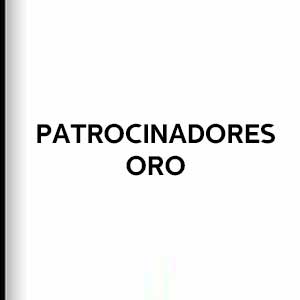



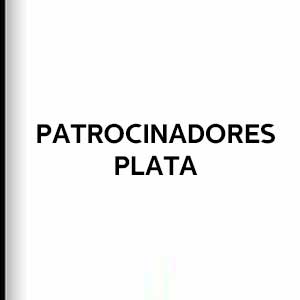



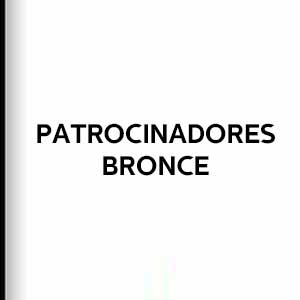









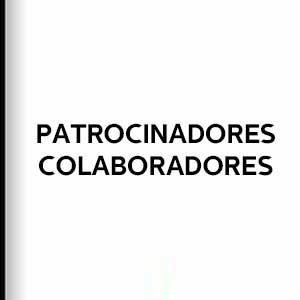



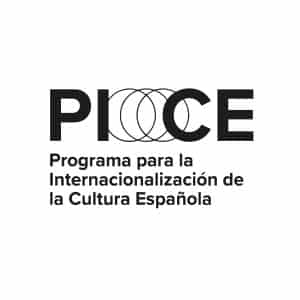



![Logo Foro Cultural de Austria Madrid[1]](https://www.seminci.com/wp-content/uploads/2024/09/Logo-Foro-Cultural-de-Austria-Madrid1-300x76.jpg)








